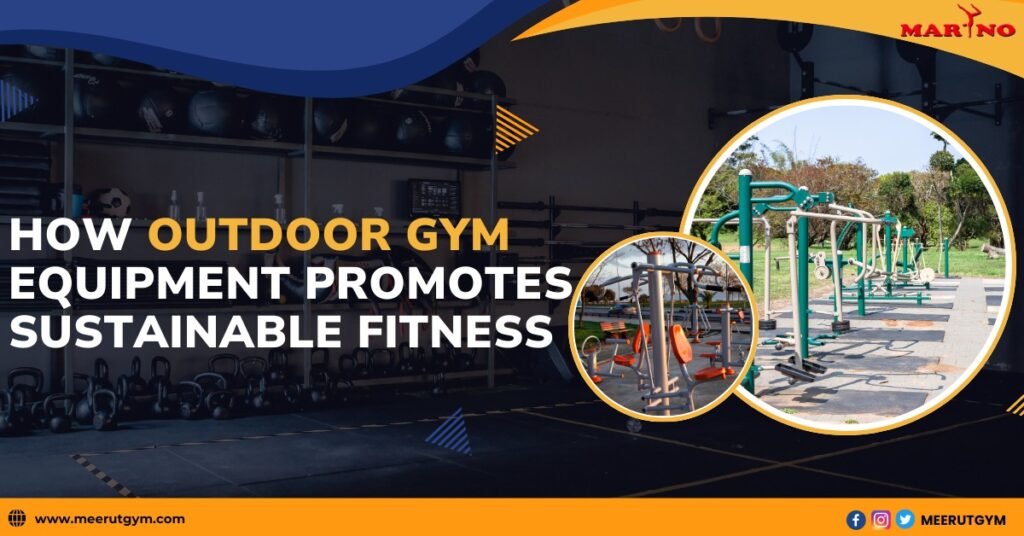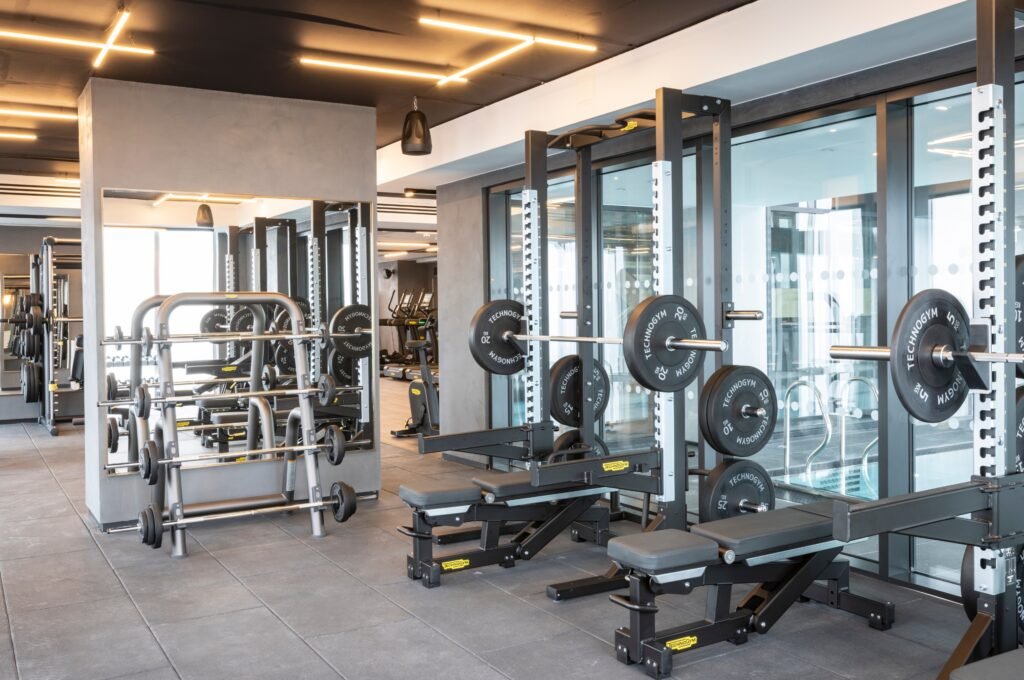Outdoor gyms have gained immense popularity for their ability to combine fitness with fresh air and natural surroundings. Whether you’re setting up a public park, a community space, or your own backyard, selecting the right equipment is essential to ensure safety, functionality, and user satisfaction. Here are five tips to help you make the best choices for your open gymnasium.
Assess Your Space and Its Purpose
Before diving into outdoor gym equipment options, evaluate the space where the gym will be installed. Consider the size, layout, and terrain of the area. Is the space flat and even, or does it have slopes and uneven ground? A clear understanding of your space helps in selecting equipment that fits appropriately and functions safely.
Additionally, think about the intended purpose of the gym. Is it designed for general public use, a specific age group like children or seniors, or advanced athletes? Defining the target audience will guide your choices and ensure the equipment meets their needs.
Prioritize Durability and Weather Resistance
Outdoor gym equipment must withstand various weather conditions, including rain, sun, and snow. Look for equipment made of durable, weather-resistant materials like galvanized steel, powder-coated finishes, or UV-resistant plastics. These materials help prevent rust, corrosion, and wear over time, ensuring longevity and reducing maintenance costs.
Also, check for warranties and manufacturer certifications that attest to the equipment’s quality and durability. Investing in robust equipment upfront will save money and effort in the long run.
Ensure Safety Standards Are Met
Safety is a critical factor when choosing outdoor gym equipment. Opt for products that comply with recognized safety standards, such as those established by organizations like ASTM or EN. Features like non-slip surfaces, rounded edges, and secure fastenings can minimize the risk of injuries.
In addition to the equipment itself, consider the safety of the surrounding area. Install protective flooring, such as rubber mats or artificial turf, to reduce impact in case of falls. Regular inspections and maintenance should also be planned to keep the equipment in top condition.
Offer a Variety of Workouts
To cater to a diverse group of users, select equipment that supports a range of exercises. Include options for cardio, strength training, flexibility, and balance. For instance, you might include pull-up bars, dip stations, stationary bikes, and stretching stations.
Providing a mix of workout options ensures that users of all fitness levels can benefit from the gym. It also encourages regular use, as people are less likely to get bored with a varied exercise routine.
Consider Aesthetic Appeal and Community Input
Outdoor gyms often become focal points in parks or community spaces, so their design should complement the surrounding environment. Choose equipment with colors and styles that blend well with the landscape.
Engaging the community in the planning process can also make a significant difference. Gather feedback through surveys or meetings to understand what types of equipment people prefer. This inclusion fosters a sense of ownership and increases the likelihood of the gym’s success.
Final Thoughts
Selecting the right outdoor gym equipment involves thoughtful planning and consideration. By assessing your space, prioritizing durability and safety, offering diverse workout options, and involving the community, you can create an inviting and functional fitness area that serves everyone’s needs. Above all, look for experienced outdoor gym equipment manufacturers. With the right choices, your outdoor gym can become a hub of health, wellness, and community engagement.




